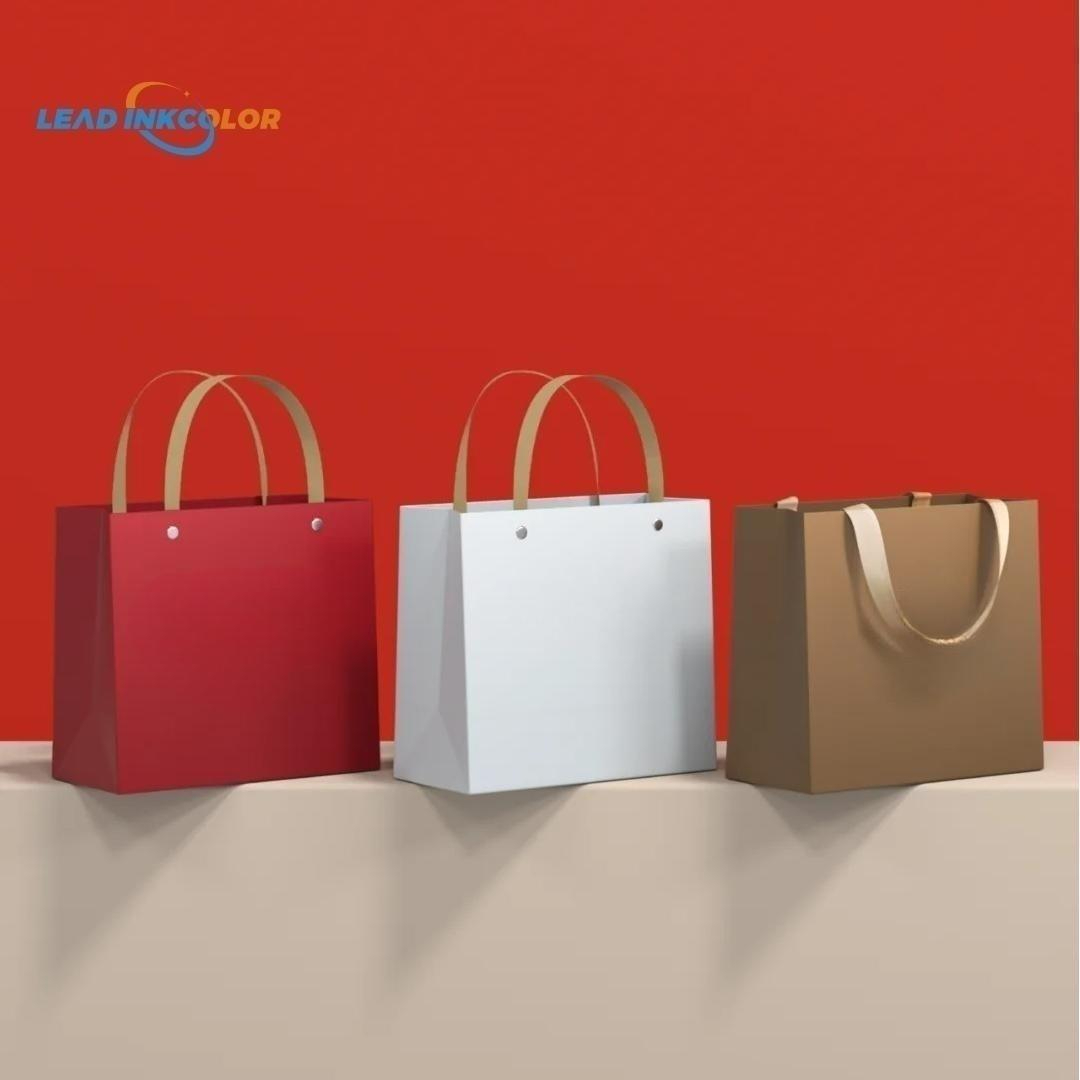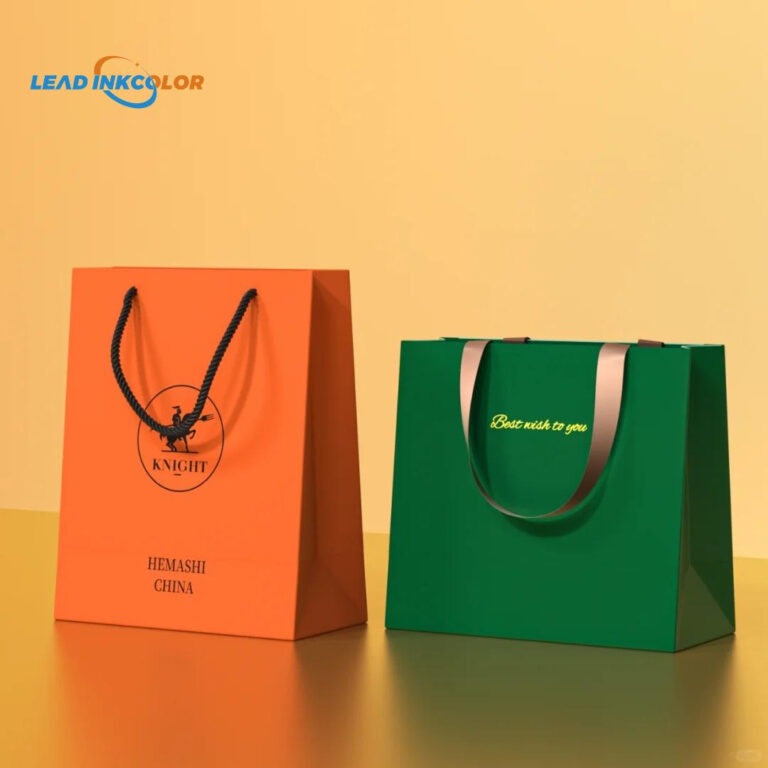-
home dongguan Houjie Industrial Park

From Concept to Reality: The Perfume Packaging Design Process
[ad_1]
The world of perfumery is a complex and fascinating one, with countless scents and fragrances to choose from. But before any perfume can make its way to the market, it must first go through a carefully crafted process of design and packaging. The perfume packaging design process is a crucial step in bringing a fragrance to life, and it requires a deep understanding of the brand, the customer, and the product itself. In this article, we’ll take a closer look at the perfume packaging design process, from concept to reality.
Step 1: Concept and Briefing
The first step in the perfume packaging design process is to develop a concept and briefing document. This document outlines the key elements of the product, including the fragrance’s personality, target market, and desired brand image. This information is used to create a clear understanding of the brand’s vision and goals, and it serves as a guiding framework for the design process.
The concept and briefing document is typically created by the perfume brand’s marketing team, with input from the design team and other stakeholders. It is then reviewed and revised until it meets the satisfaction of all parties involved.
Step 2: Research and Analysis
With the concept and briefing document in hand, the design team can begin to conduct research and analysis to inform their design decisions. This may involve:
- Market research: Analyzing the competitive landscape, consumer trends, and market demographics to identify opportunities and challenges.
- Fragrance testing: Testing the fragrance on different skin types and in various environments to determine the best way to showcase the scent.
- Brand research: Examining the brand’s history, values, and previous packaging designs to ensure consistency and alignment with the new product.
- Cultural research: Exploring cultural trends, consumer preferences, and sensory experiences to inform the design.
The research and analysis phase is crucial in developing a deep understanding of the brand and its target audience. It helps the design team to create a design that is both functional and aesthetically pleasing, while also resonating with the target market.
Step 3: Sketching and Ideation
With the research and analysis complete, the design team can begin to create rough sketches and ideas for the perfume packaging design. This involves:
- Brainstorming sessions: Collaborative sessions with the design team and other stakeholders to generate a wide range of ideas and concepts.
- Sketching: Creating initial sketches and mock-ups of the design, exploring different shapes, textures, and color palettes.
- Idea generation: Developing and refining the ideas, considering factors such as function, aesthetic, and emotional appeal.
This step is all about generating creative ideas and exploring different options. It’s a time for experimentation, collaboration, and iteration, as the design team works to bring their vision to life.
Step 4: Digital Design and Prototyping
The design team uses the ideas generated in the previous step to create digital designs and prototypes. This involves:
- Design software: Using software such as Adobe Creative Suite to bring the designs to life.
- Prototyping: Creating physical and digital prototypes to test and refine the design.
- Iteration and refinement: Continuing to iterate and refine the design based on feedback and performance data.
This step is all about bringing the design into the digital realm, testing its functionality, and refining its details. The design team works closely with other stakeholders, such as marketing and manufacturing, to ensure that the design meets the necessary technical and performance requirements.
Step 5: Brand Sign-Off and Production
The final step is to obtain brand sign-off and prepare the design for production. This involves:
- Review and approval: Presenting the final design to the brand and other stakeholders for review and approval.
- Design refinement: Refining the design based on feedback and making any necessary adjustments.
- Manufacturing preparation: Preparing the design for production, including setting up manufacturing equipment, specifying materials, and determining packaging requirements.
This step marks the end of the perfume packaging design process, as the design is finalized and prepared for production. It’s a moment of great pride for the design team, as they’ve successfully brought their concept to life.
Closing and Conclusion
The perfume packaging design process is a complex and intricate process that requires a deep understanding of the brand, the customer, and the product. From concept to reality, the design team works tirelessly to bring the brand’s vision to life, using a combination of research, analysis, sketching, digital design, and brand sign-off to create a design that is functional, aesthetically pleasing, and resonates with the target market. By understanding the steps involved in the perfume packaging design process, we can gain a deeper appreciation for the creativity, skill, and attention to detail required to bring a fragrance to market.
FAQs
Q: What is the typical timeline for the perfume packaging design process?
A: The typical timeline for the perfume packaging design process can vary depending on the complexity of the project, the size of the team, and the resources available. However, it typically takes around 6-12 months to go from concept to production-ready design.
Q: What is the role of the design team in the perfume packaging design process?
A: The design team plays a crucial role in the perfume packaging design process, responsible for conducting research, developing concepts, sketching and ideating, and refining the design through digital design and prototyping.
Q: How do you ensure that the final design meets the brand’s vision and expectations?
A: To ensure that the final design meets the brand’s vision and expectations, the design team works closely with the brand and other stakeholders throughout the process, conducting regular feedback sessions, refining the design based on feedback, and presenting the final design for approval.
Q: What are some common challenges faced by perfume packaging design teams?
A: Some common challenges faced by perfume packaging design teams include balancing functionality and aesthetics, meeting brand guidelines and regulatory requirements, managing stakeholders’ expectations, and staying ahead of the competition.
Q: What are some emerging trends in perfume packaging design?
A: Some emerging trends in perfume packaging design include the use of sustainable and eco-friendly materials, innovative materials and textures, and the incorporation of technology and digital elements into the design.
Q: How do you measure the success of a perfume packaging design?
A: The success of a perfume packaging design can be measured by factors such as consumer feedback, sales, brand recognition, and shelf presence. A successful design should be functional, aesthetically pleasing, and resonate with the target market.
Q: What is the most important thing to remember when designing perfume packaging?
A: The most important thing to remember when designing perfume packaging is that it is a representation of the brand and the product, and should be designed with the target market in mind. It’s a delicate balance between function, aesthetics, and emotional appeal, and requires a deep understanding of the brand and its customers.
[ad_2]





